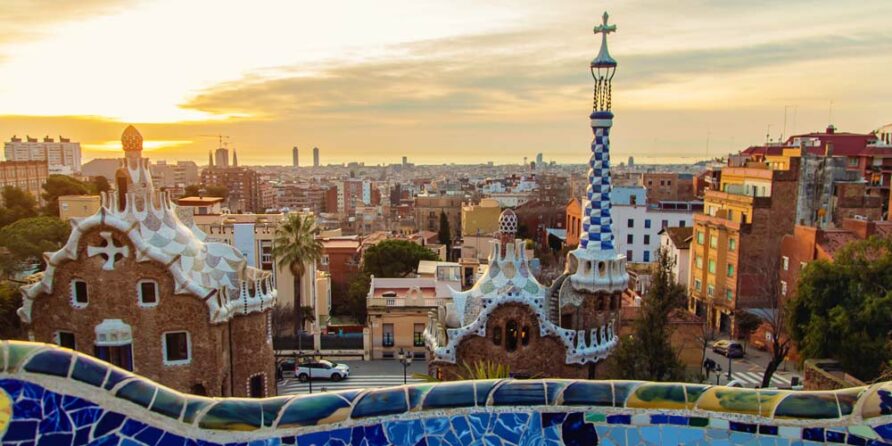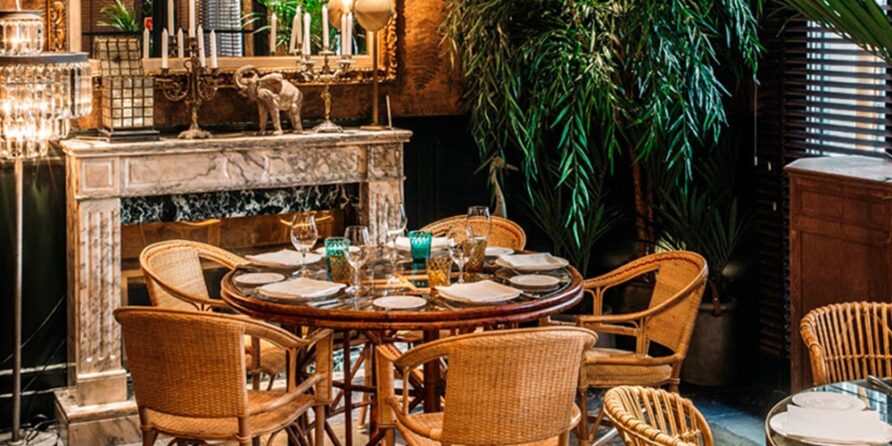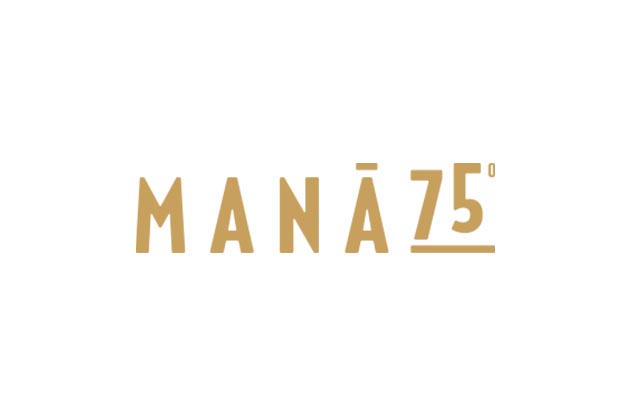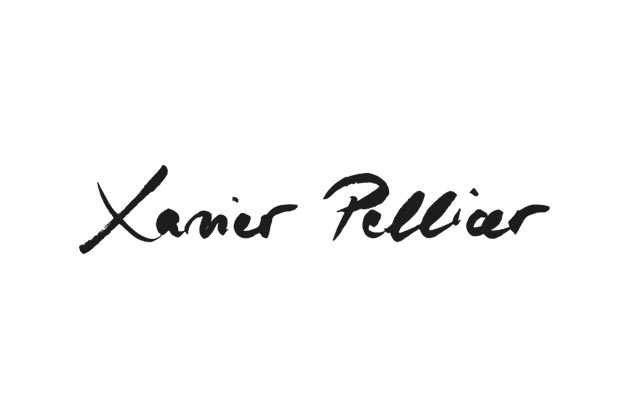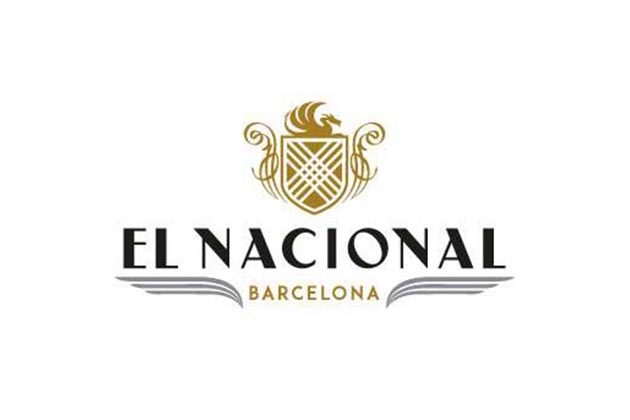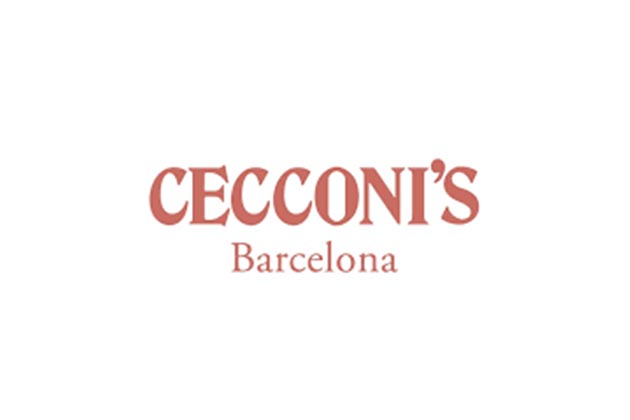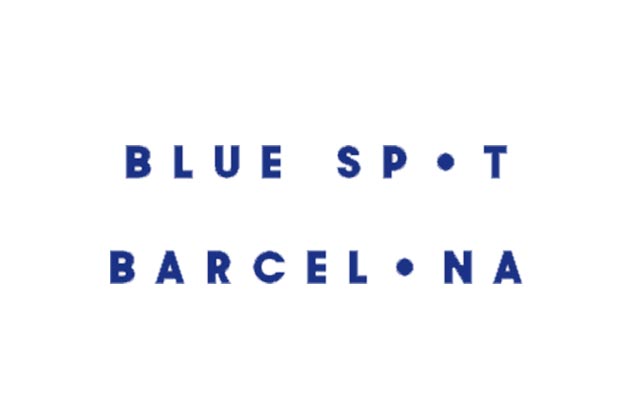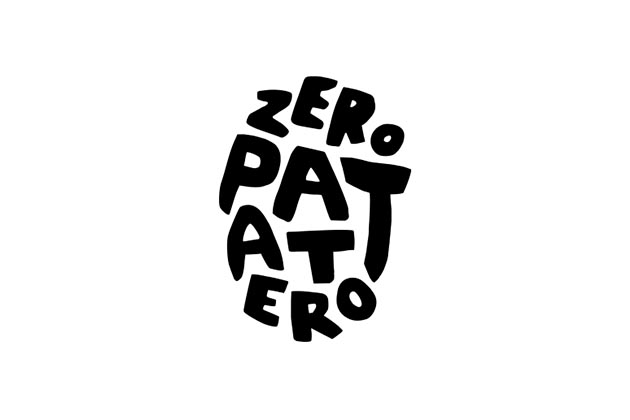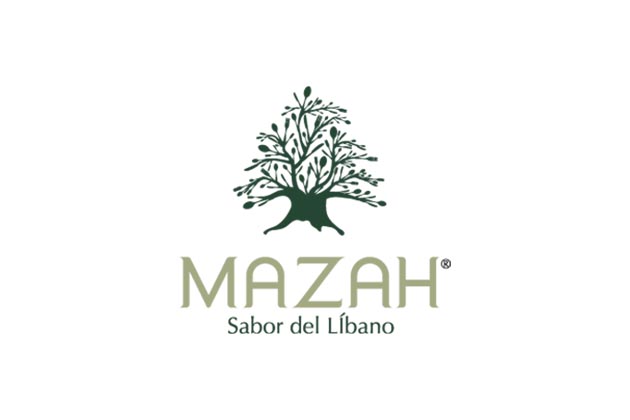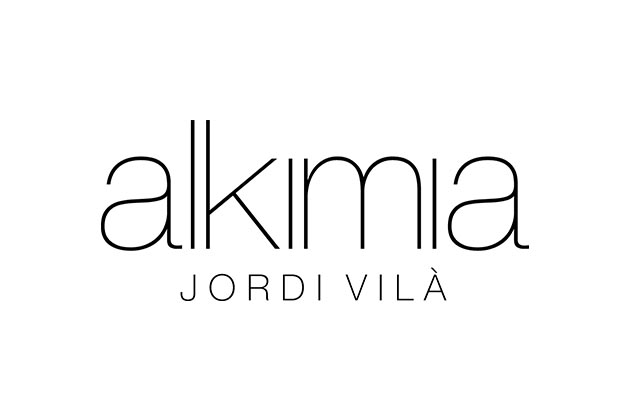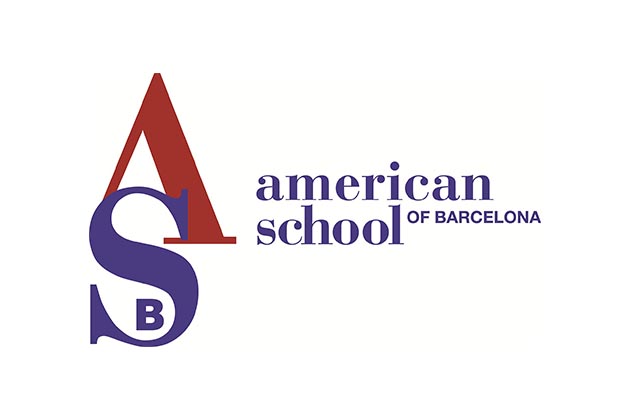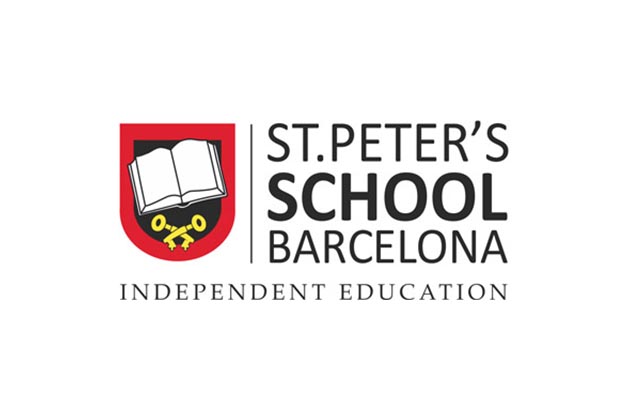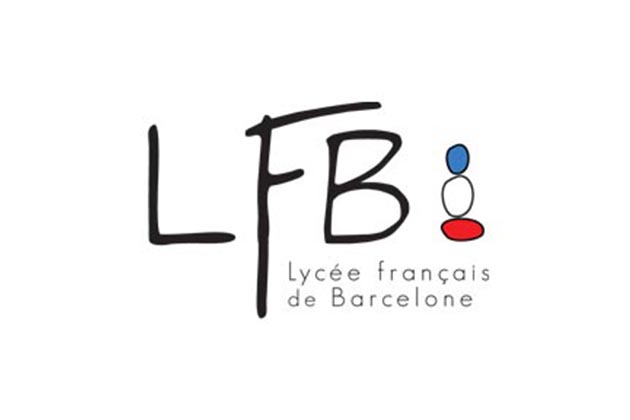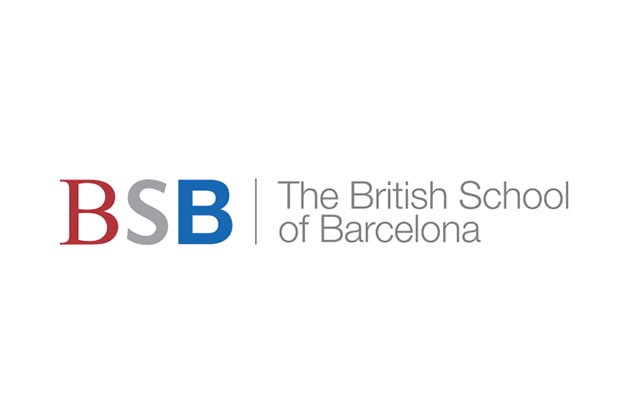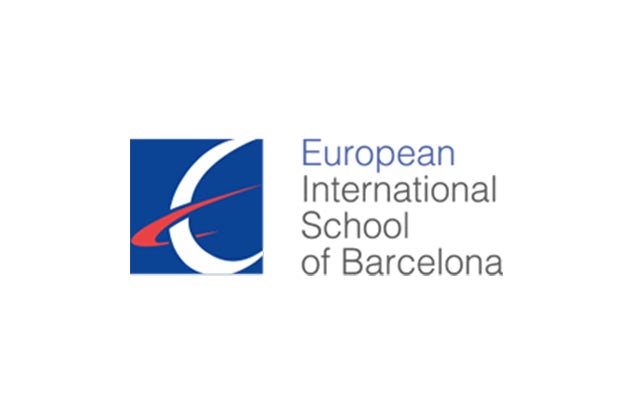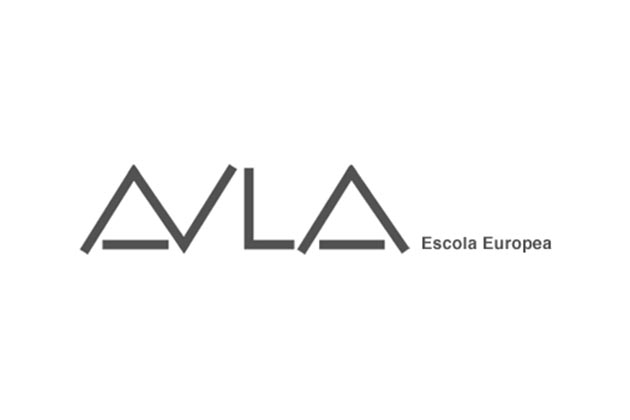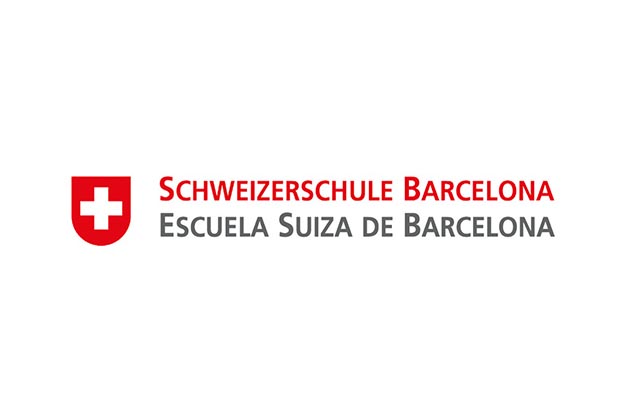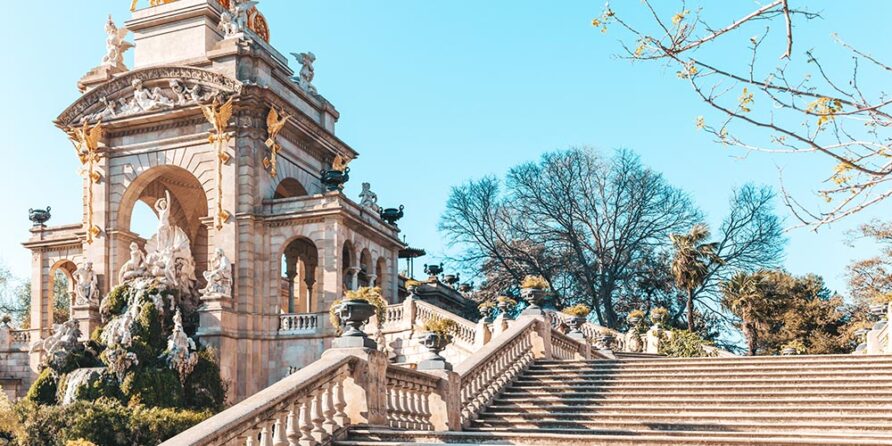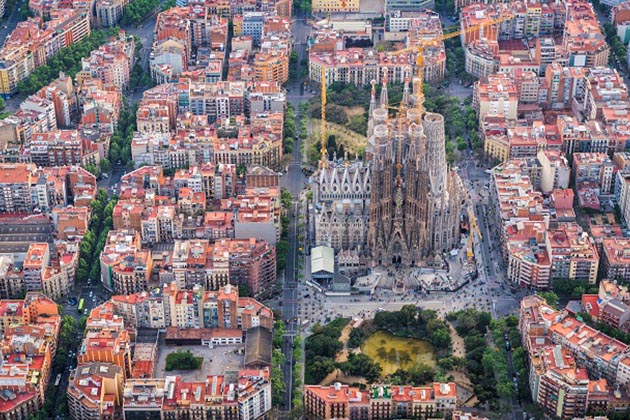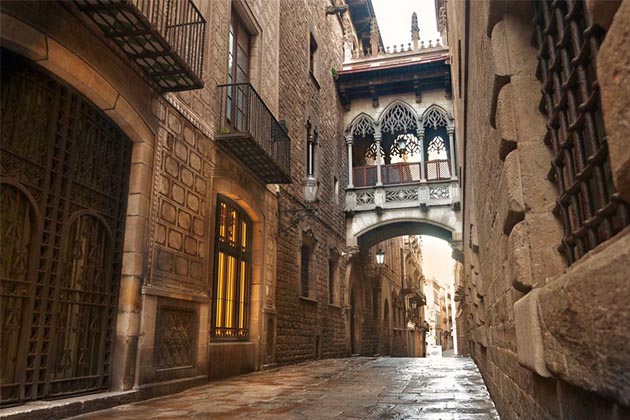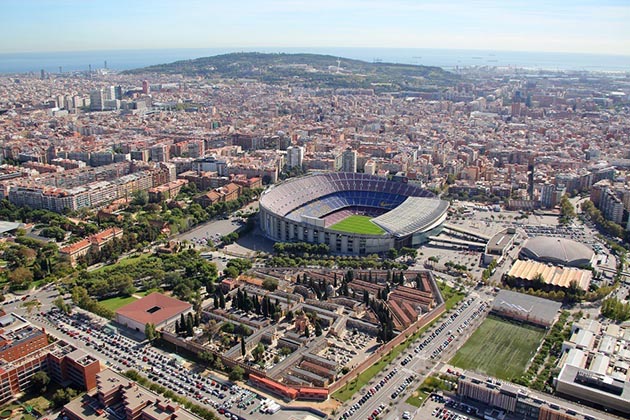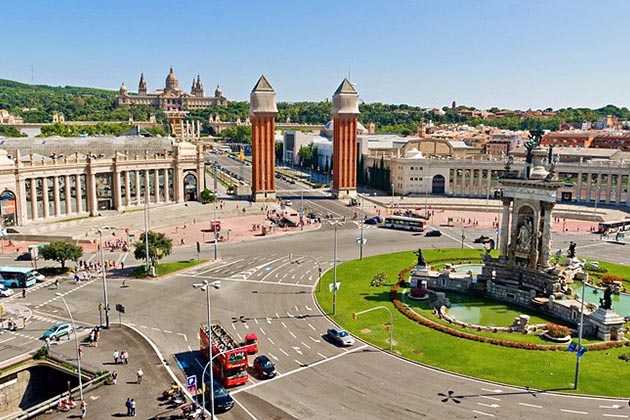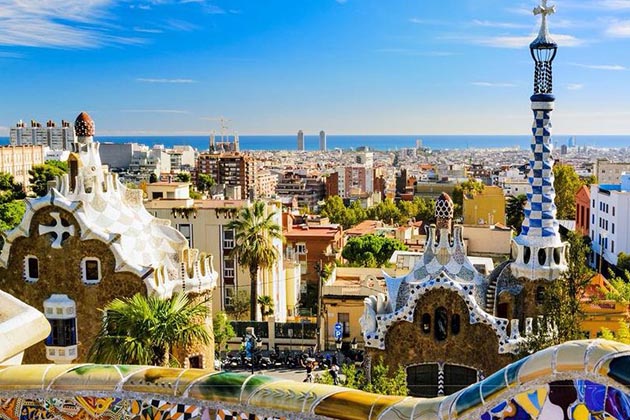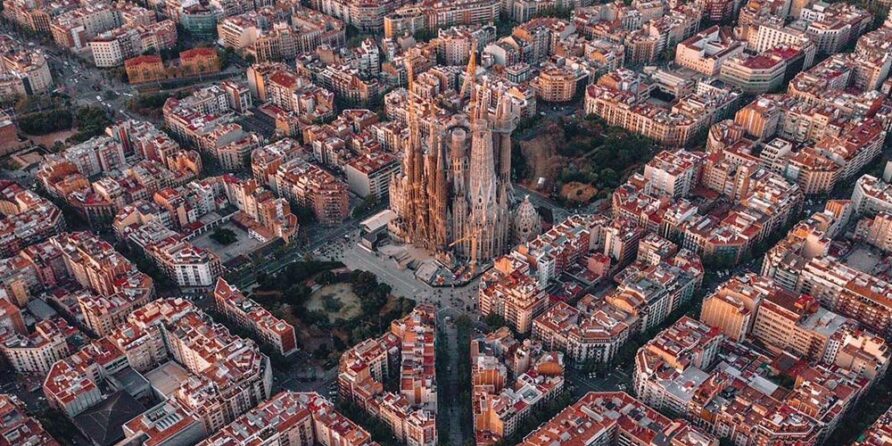With the arrival of spring and with the longer days, you want to enjoy the outdoors, take long walks, have picnics or simply see nature in its greatest splendor. And what better way than visiting the parks that we have in Barcelona? Today, we present you 6 options that you will love.
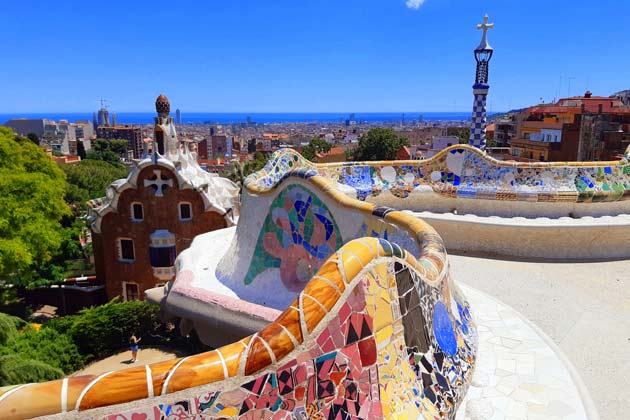
PARQUE GÜELL
If you haven’t visited Park Güell yet, what are you waiting for? This famous park is one of the symbols of Barcelona; a jewel of Gaudí, the greatest exponent of Catalan modernism, which fuses monumental architecture and nature in a single and indivisible element.
The central point of the park is a large plaza in which there is a huge 110-meter-long bench, with the appearance of a snake covered by small pieces of ceramic. In the park grounds there is the Gaudí House Museum, with a collection of works by the architect and the Casa del Guarda, which houses audiovisual exhibitions on the park’s past.
Location: Carrer d’Olot, 3
Admission: € 10, except residents of the adjacent neighborhoods (El Coll, Vallcarca-Penitents, La Salut, El Carmel, Can Baró and Baix Guinardó).
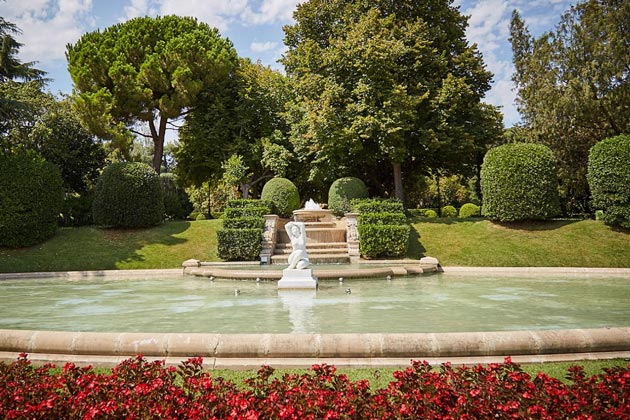
JARDINES DE PEDRALBES
It is one of the most stately and extensive gardens in Barcelona, both French and English style, the truth is that entering them transports us to a time when serenity and majesty were determining elements of the landscape.
When we walk through the magnificent wrought iron entrance gate, we are greeted by a large 7.28 hectare area (equivalent to 8 football fields). Once inside, the protagonists are the trees, paths and the large areas of grass and shade. Inside we can enjoy the majestic Royal Palace of Pedralbes, and also the sculptures and historical architecture. The Fountain of Hercules, by Gaudí, stands out.
It is a perfect place to go as a couple or spend a relaxed afternoon with friends, this quiet park will transport you to another era, being a perfect place to disconnect from the outside noise outside its walls.
Location: Av Diagonal, 686
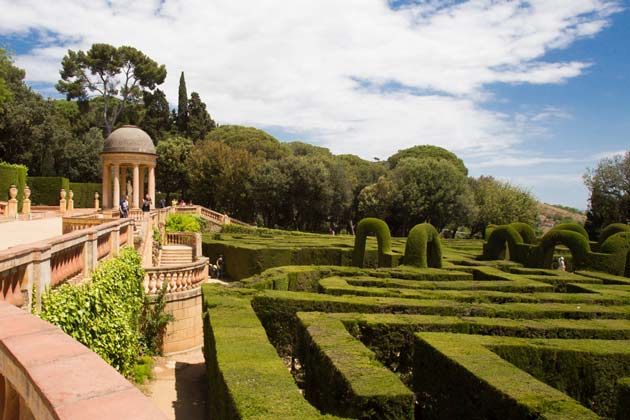
PARQUE DEL LABERINTO DE HORTA
The Horta Labyrinth Park includes the oldest preserved garden in the city and is a romantic space, a harmonious walk full of architecture and nature.
Its name comes from the labyrinth of cut cypress trees that we can visit and explore in the lower part of the garden, as well as ponds, fountains, pavilions and sculptures. But the Horta Labyrinth park is much more than a huge labyrinth. Along the tour of the enclosure, you will find all kinds of flora, such as the Himalayan cedar, a linden, a Jupiter tree or a huge plantation of camellias.
It is a place that could well be considered a garden-museum, since you will find a route between neoclassical and romantic buildings, and gardens of all kinds. It is especially interesting to see how architecture and nature integrate and achieve perfect harmony with each other.
We recommend that you visit it on Sundays since admission is free on those days.
Location: Passeig dels Castanyers, 1
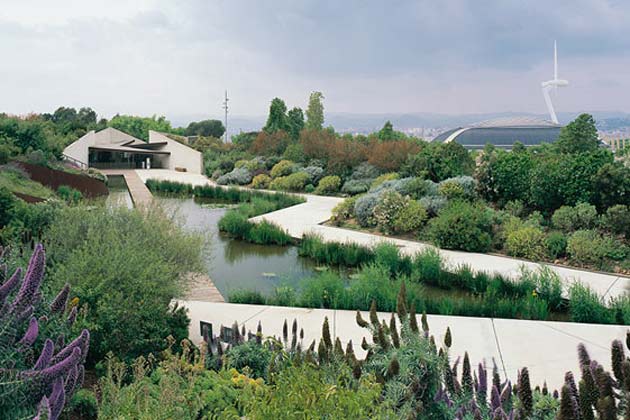
JARDÍN BOTÁNICO
Located in the Montjuïc Park, the Barcelona Botanical Garden offers visitors an enchanted walk through the vegetation of the five regions of the world with a Mediterranean climate. The function of the Garden is to preserve and make known collections of Mediterranean plants from around the world.
You will be able to enter the whimsical network of paths and discover the most characteristic plants of the main Mediterranean plant landscapes. Starting with the vegetation of the Canary Islands located at the entrance and going up to the western Mediterranean. In the Northern Hemisphere, the area with the greatest representation is the Mediterranean Basin, following the visit route you can access the Mediterranean-climate coasts of California. Then there are the Mediterranean areas of the southern hemisphere where you visit the Mediterranean region of Chile, southern Africa, and the two Mediterranean regions of southern Australia.
In addition, you will see most of the flowering Mediterranean plants. The Garden then becomes a spectacle of colors that also invites the animals to get closer to the plants and pollinate them.
Location: Carrer Doctor Font I Quer, 2
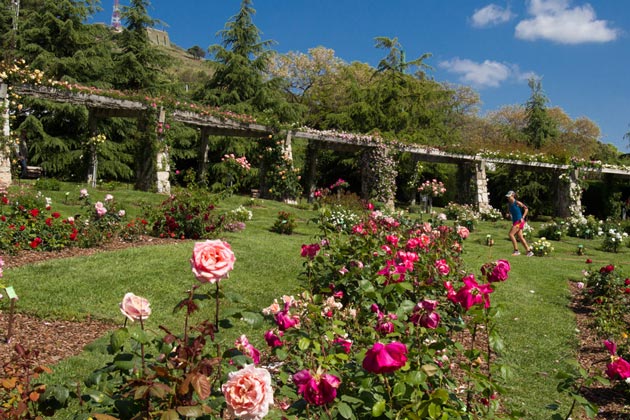
PARQUE DE CERVANTES
We can say that the Cervantes park is one of the largest as it has an area of 87 665 m². You will find it located in the Pedralbes neighborhood, inaugurated in 1965.
It should be noted that every year a contest for new roses is held in this park, which are baptized with different names by their creators. In addition to the rose bushes, in the park there are several grassy areas and small groves, ideal for jogging, cycling, gymnastics or the simple art of contemplating in the heart of the Pedralbes neighborhood. There is also a children’s play area, table tennis tables and a picnic area.
Location: Avenida Diagonal, 706
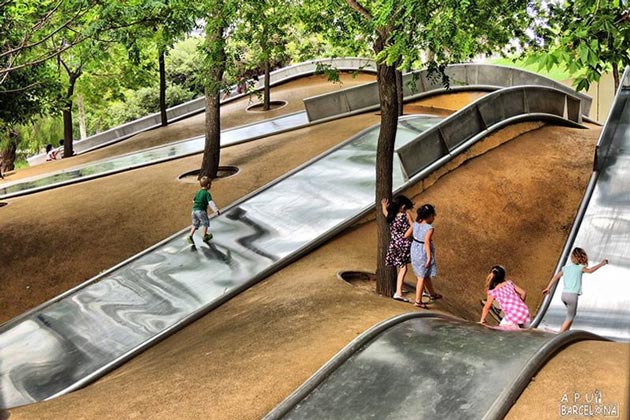
PARQUE DE DIAGONAL MAR
Diagonal Mar park is the third largest park in Barcelona and the most modern, in which its metallic structures stand out. It is an immense and sunny space with exuberant vegetation.
The park is divided into three areas, two smaller ones next to the littoral zone, both with a small pond, and a larger one that houses a larger lake, populated by ducks, geese and aquatic birds. A wooden bridge connects the two shores of the lake.
Diagonal Mar Park is home to a children’s play area, a petanque court, ping-pong tables, basketball and soccer courts, a sports area, an amphitheater and the star attraction: “The Magic Mountain” that welcomes different giant slides where the kids will have a lot of fun.
Location: Carrer de Llull, 350
